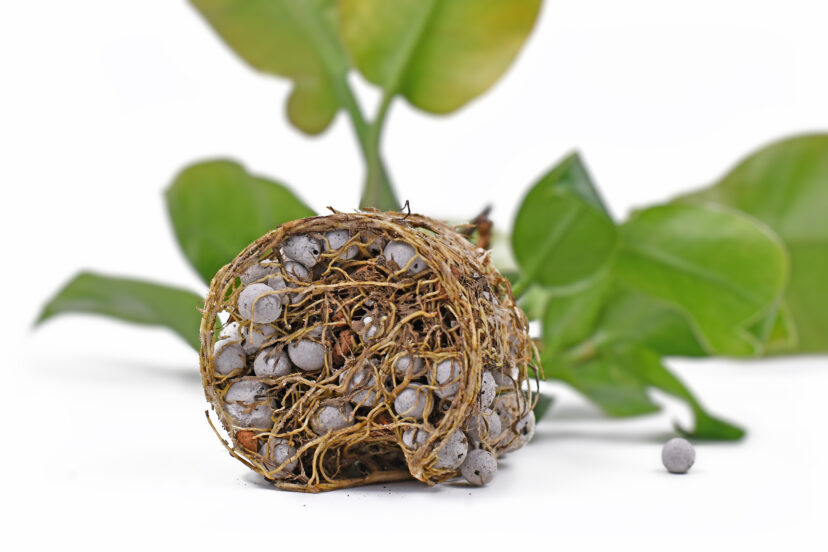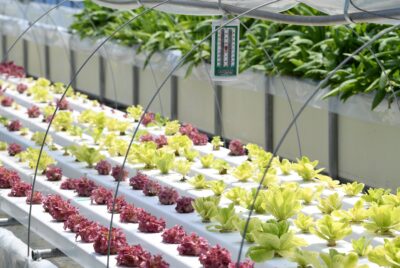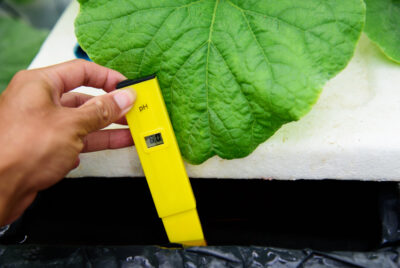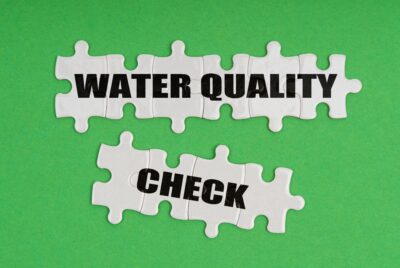Hydroponic Root Rot
We may earn a commision from purchases made using our links. Please see our disclosure to learn more.
Understanding Hydroponic Root Rot.
What is Hydroponics?
Hydroponics is a modern, soilless cultivation method that allows plants to grow in a nutrient-rich water-based solution. This method has gained popularity due to its space efficiency and enhanced growth rates. But, like any other method, it does come with challenges. One common problem is hydroponic root rot.
What is Hydroponic Root Rot?
This disease condition in hydroponically grown plants shows as the progressive decay of plant roots. Waterborne pathogenic organisms, including fungi and bacteria, primarily cause it. But what causes this? And how can you spot it?
The Causes of Hydroponic Root Rot
Two main culprits cause this: overwatering and lack of oxygen. These conditions create an ideal environment for anaerobic bacteria and fungi, which attack the plant roots, leading to decay.
The Signs of Root Rot
Early detection is critical to managing the condition. Some warning signs include wilting, yellowing of leaves, and a noticeable foul smell from the root zone. The roots themselves will look dark and slimy instead of white and firm.
Prevention and Treatment of Hydroponic Root Rot
Preventive Measures
Prevention is always better than cure, right? To prevent root rot, we must address its root causes – no pun intended!
Ensuring Proper Oxygen Levels
A well-oxygenated solution is key to healthy plant roots. You can achieve this by using air stones or diffusers, ensuring your plants ‘breathe’ well.
Temperature Control
You keep the hydroponic fertilizer solution at the right temperature (between 68 to 72 degrees Fahrenheit) by using specific hydroponic instruments and controllers. In certain situations, you can also use a hydroponic water chiller.
Regular System Cleaning
Regularly cleaning your indoor hydroponic system helps eliminate potential pathogens before they become a problem.
Strategies for Treating Hydroponic Root Rot
What if you already have root rot in your hydroponics system? Don’t panic – there are effective treatments!
The Use of Hydrogen Peroxide
Hydrogen peroxide is a powerful oxidizer that kills bacteria and fungi and supplies extra oxygen to your roots.
Use of Beneficial Bacteria
Introducing beneficial bacteria into your system can help combat the harmful ones causing root rot.
Use of Commercial Fungicides
You can use various commercial fungicides to manage root rot, but consider them as a last resort because of potential toxicity issues. Always ensure to follow the manufacturer’s instructions when using these products.
Conclusion
Hydroponic root rot can be a daunting challenge for anyone venturing into soilless gardening. But remember, armed with the right knowledge, tools, and a bit of vigilance, you can keep your hydroponic garden healthy and thriving. Keep your water oxygenated, maintain the right temperature, clean your system regularly, and react quickly to any signs of disease. Happy gardening!
FAQs
What is the first sign of root rot?
The first sign is usually a change in the color and texture of the roots – they’ll turn from white and firm to brown or black and slimy.
Can a plant recover from root rot?
Yes, with swift action and the right treatment, plants can recover from root rot. Cut away the affected roots and treat the remaining system with hydrogen peroxide or beneficial bacteria.
Does hydrogen peroxide kill beneficial bacteria in hydroponics?
“While hydrogen peroxide is undeniably effective in killing harmful bacteria and fungi, on the flip side, it can also eliminate beneficial bacteria. You should use it judiciously and only when necessary.
How often should I clean my system to prevent root rot?
We recommend a thorough clean every few weeks, but the specific plants and setup can determine the frequency. Always keep an eye out for any signs of disease.
Is hydroponic root decay more common in certain types of indoor hydroponic systems?
Root rot can occur in any type of hydroponic system. However, systems that don’t adequately oxygenate the water, notably deep water culture systems without sufficient aeration, might consequently be more susceptible.





Comments are closed.